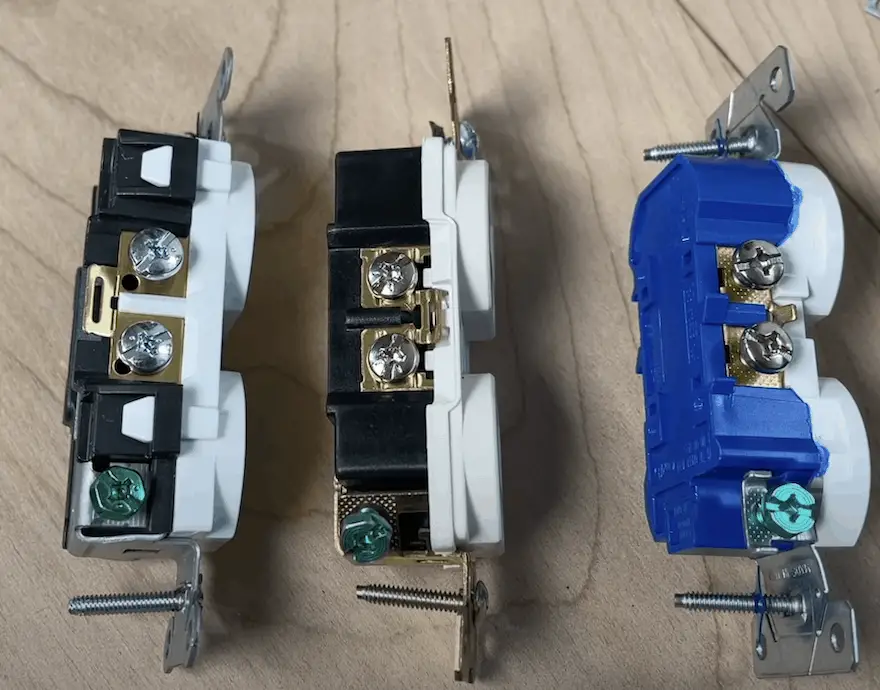Ever wonder why some outlets in your house just have wires pushed in the back and other outlets have wires wrapped around the screw terminals? How much insulation should be stripping from the wire? And why some people say outlets and others say receptacles? We’re covering all these questions and many more in this blog.
Since the average home is estimated to have about 70 outlets – it’s good to know how they work and small characteristics that may help during a home renovation. Plus, we added a few random facts that are just interesting for DIYers to know.
Rather watch than read? Check out the 12-minute video below!
1. Have a switch that doesn’t do anything? It may be a “switched outlet”
It doesn’t matter what brand or type of outlet you have – Eaton, Leviton, Legrand, or Hubbell – you’ll likely see a tab between the two screws. If you removed it from the hot and neutral side of your outlet, you then would separate the top receptacle from the bottom receptacle, which would mean they can work independently of each other.
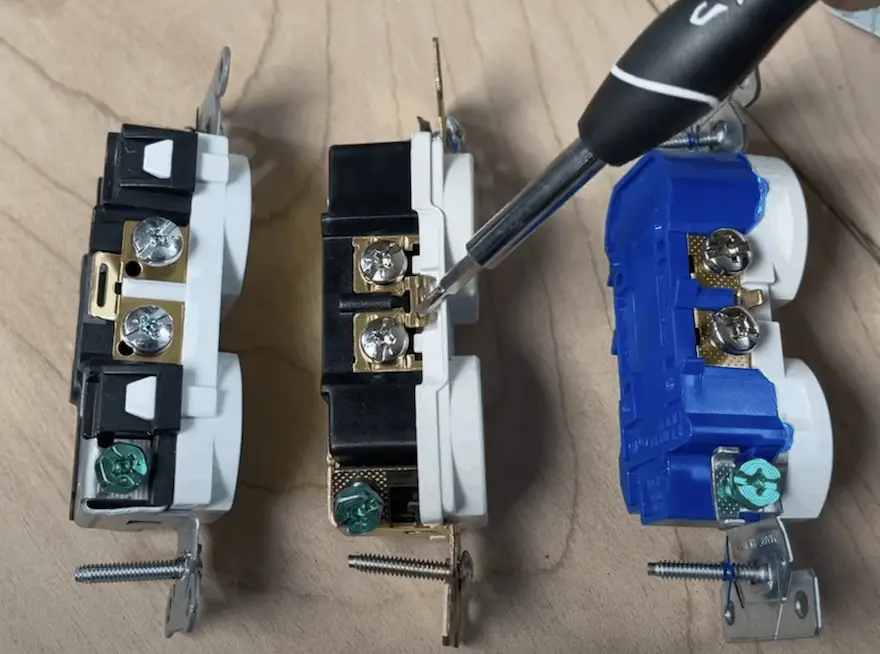
This is often called a “switched outlet.” You might have had these in a house or an apartment you lived in where a bedroom or a living room had no ceiling lights, but you had a light switch on the wall that seemed to not do anything. Well, that light switch might have actually controlled the top or bottom receptacle on all the outlets within the room.
This is much more common in ranch-style homes built in the 1950s or 60s because they had switched outlets that you could plug lamps into. (Fans of the TV show Friends, you might remember Monica having this issue and then smashing holes in the walls.)
I’ve purchased homes in the past where somebody updated the outlets – but they just replaced the outlet without removing the tab – so now all the outlets are powered all the time and the light switch literally doesn’t do anything. So this may be something to look out for if you have that issue around your house.
2. Screw terminals are independent of speed wiring
Tightening screw terminals is important – you don’t want screw terminals sticking out once installed. However, that does not hold the wire in place when you use the speed wiring feature commonly found on residential grade outlets.
Speed wiring is very easy and common – you just push the wire into the hole. (Although, I don’t recommend it – watch this video to see why.) But it should be noted speed wiring only works with 14 gauge solid core wire.
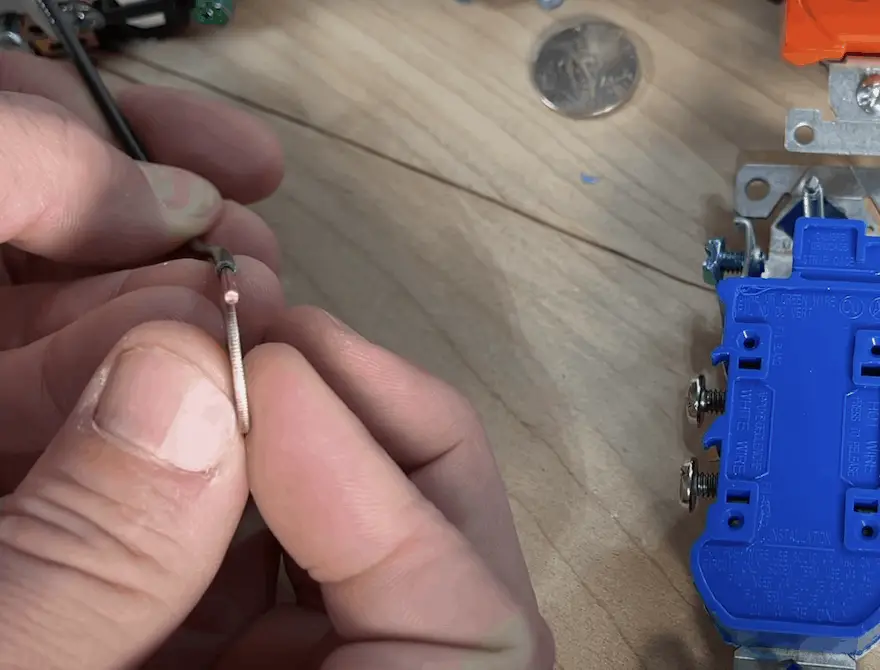
How can you tell what gauge your wire is? Try the nickel and dime trick. If the thickness matches with a nickel – you have 12 gauge. If it matches with a dime – it’s a 14 gauge.
3. Speed wiring can be removed, it’s a one-and-done feature
Speed wiring is a one-and-done feature. You should not use this outlet again and use that speed wiring because it should only be used once.
Why is that? With speed wiring, you really only have the tab that’s biting into the wire and holding it in place. This means that when you push through the slot you’re pressing that tab open and you might even deform it – therefore, making the wire loose the next time you apply it to speed wiring.
4. There are three different ways to wire an outlet
There are three different ways to wire an outlet: speed wiring, back wiring, and side wiring.

- Speed Wiring (do not recommend): You simply push the wire into the hole.
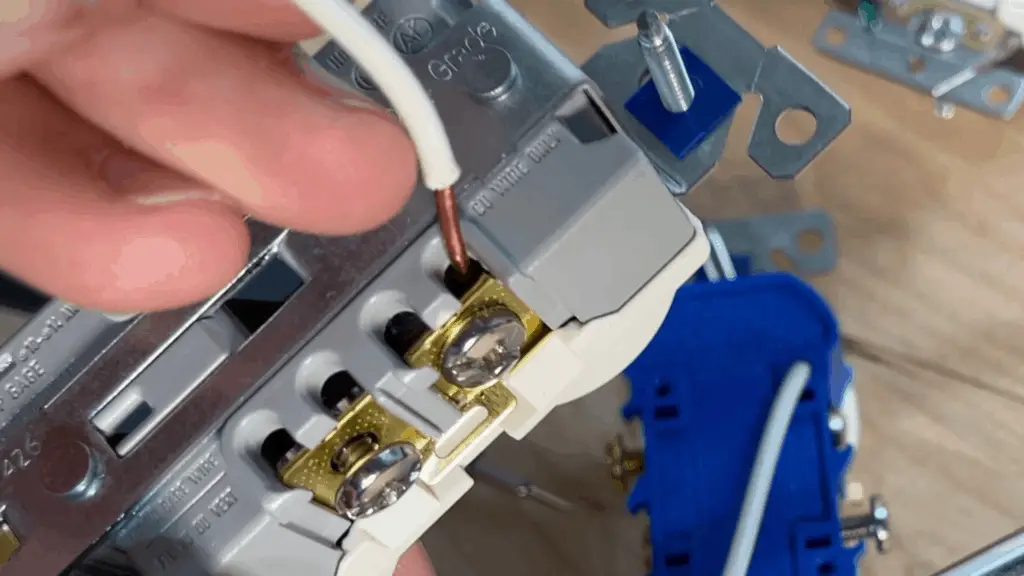
- Back wiring (my preference): This is using a straight strand of copper that will be placed between the plate and the screw itself. As it tightens in, that is what holds that wire in place. I prefer commercial-grade outlets and back wiring because I think it produces the most consistent and safest result, but that is just my opinion and I am not a licensed electrician.
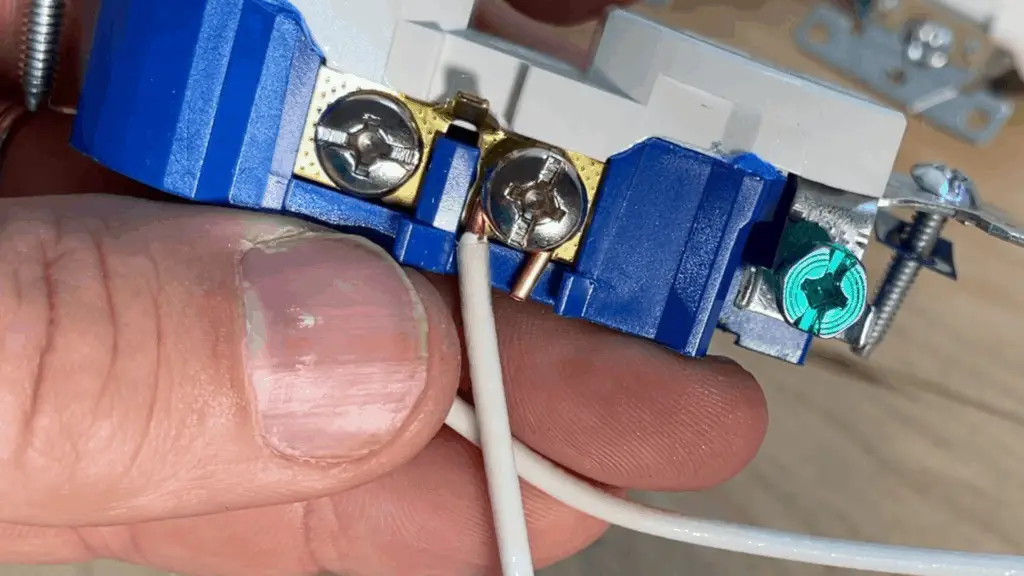
- Side wiring (most common): This is when you put the wire underneath the screw. You can strip the insulation off and get your copper exposed with a hook. Then, bend your wire around the screw terminal. You’ll have a shepherd’s hook or a J hook in the clockwise direction around the screw terminal and you’ll be ready to tighten it. Remember you want to go in the clockwise direction.
5. Stripping guide is for speed or back wiring
The stripping guide that you’ll find on the back of pretty much all outlets is for speed or back wiring and not a reference for side wiring.
So if I wanted to do side wiring I actually need a little bit more insulation removed to do that effectively, so the strip guide can still be very handy. But just make sure you’re matching up how much insulation you’re removing to the type of wiring you’re doing.
6. Some designs are flat – some aren’t. Here’s why
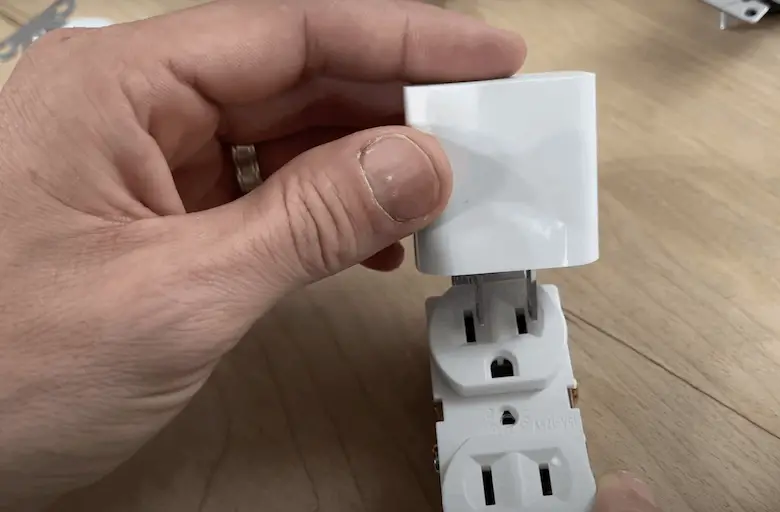
Why are some outlet designs flat and some are not? The angled, not flat design (seen above) actually helps plugs or adapters – especially ones with two prongs – find the slots. You’ll notice that the angles assist the plug to securely fasten to the outlet. It’s a small design change but actually pretty handy!
7. Decora is a brand, not a specific product
When someone uses the word Decora – they’re usually referring to a more modern contemporary-looking, flat, rectangular-faced outlet compared to a standard duplex.
But Decora is actually a trademark by Leviton, which is only one brand and they have a whole line of different components that go under the Decora series. Think of it like the word “Kleenex” which is often used when someone really means facial tissues or “bobcat” when they mean a skid steer loader. it happens when one brand is so dominant -its name becomes synonymous with the product.
8. Eaton light switches and outlets have built-in wire strippers
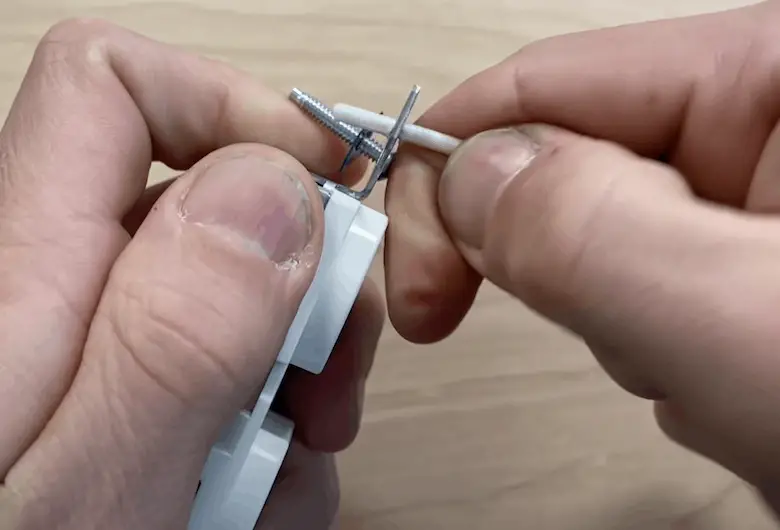
Many Eaton components – such as light switches and outlets – have built-in wire strippers for 14 gauge wire and 12 gauge wire. While this may not be wildly useful in terms of speed and practicality, it’s worth giving Eaton some credit for its creative design.
9. Generally, I find people prefer outlets with ground facing down
There’s a great debate within the community about whether or not you install your outlets ground facing down or ground facing up.
From the feedback I received from a previous video (above) with hundreds of thousands of views – it appears 75 to 80 percent of people prefer ground facing down. There is no standard rule -unless you’re doing a commercial job such as a hospital – but from what I’ve seen, three out of four people do ground facing down.
10. Outlet vs. receptacle
Last but not least, an “outlet” is technically called a receptacle. The National Electrical Code (NEC) defines an outlets as “a point on the wiring system at which current is taken to supply utilization equipment.” This means you can have lighting outlets, receptacle outlets, or even smoke alarm outlets. Even though most home owners say “outlet,” including me, technically this article was focused on receptacles as opposed to outlets.
